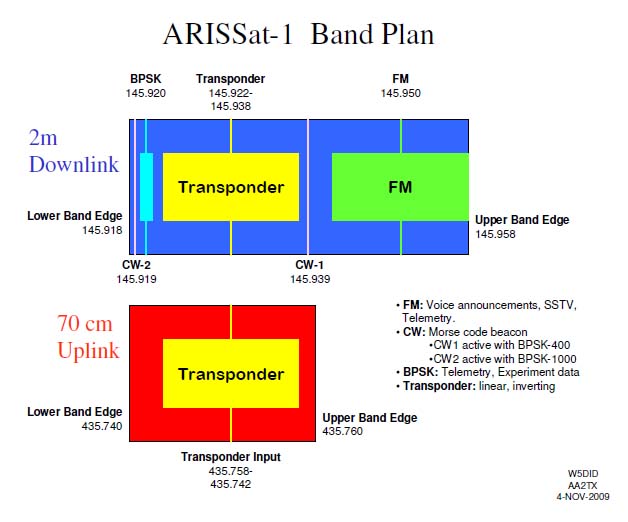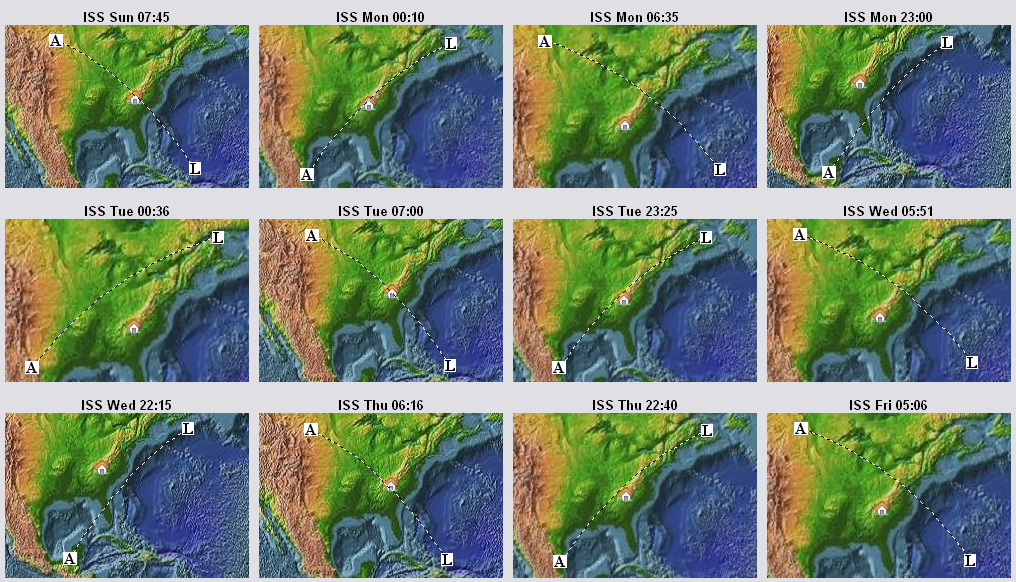HEY!! READ THIS!!
The astronauts on board the International Space Station will activate and use the ARISSat-1 as a test, from April 11-13. Here is more from the ARISSat-1 Website.
The ARISSat-1 satellite, presently still inside the ISS, will be turned on and use an external antenna on 12 April 2011 to celebrate the 50th anniversary of Yuri Gagarin’s first manned space flight. AMSAT will support this event and issue certificates to those stations reporting reception of the ARISSat-1 signals. Roscosmos has announced that the satellite will be deployed into orbit during the next EVA in July of this year.
The satellite’s call sign is RS01S. The operation will be from April 11 at 1500 Zulu to April 13 at 1030 Zulu. (Zulu time is the same as Universal Coordinated Time [UTC].) The satellite follows the following band plan, so listen on 145.950MHz.

If you plan to try to receive the satellite’s transmissions, try using a directional antenna, like a hand held yagi. It will greatly increase your chances. You can use this image to track the ISS.
Here, courtesy of Ham Radio Deluxe, are projected passes over my current North Carolina QTH. It can prove useful for the East Coast stations reading this, I’m sure. This is over the projected dates of transmission, and in Eastern Daylight Savings Time. Click the image to see a larger view. Please don’t permalink to my images, though.
Again, if you try to hear the satellite, use a handheld transceiver connected with a handheld yagi or other directional antenna, and use the pass prediction images to help you aim your antenna. Listen with your squelch full open and keep in mind, if the satellite is approaching, you may want to shift your receiver frequency down 10-50kHz, and if departing, up 10-50kHz to hear better. Have a pencil and paper ready to record anything you hear, such as call sign and other information being transmitted. Good luck!

